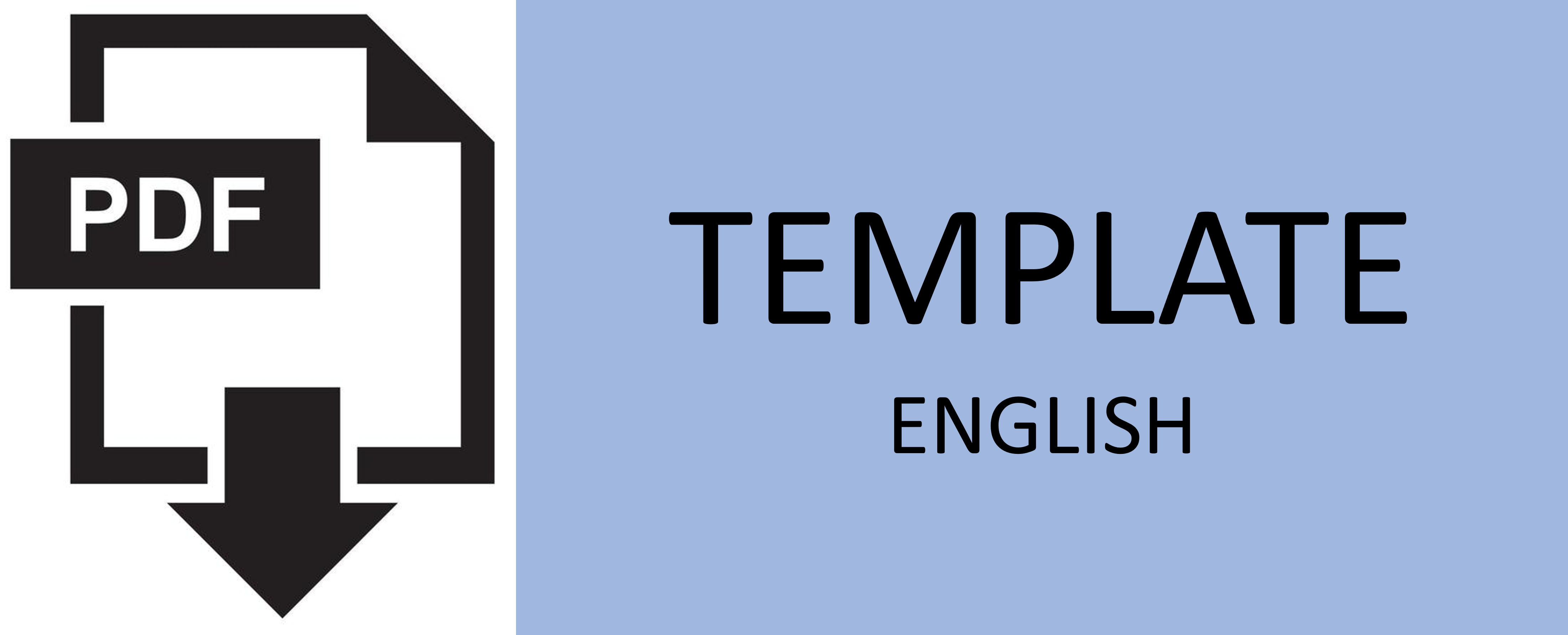BEHAVIOR OF PRESTRESSED CONCRETE BEAM USING REACTIVE POWDER CONCRETE
Abstract
Keywords
Full Text:
PDFReferences
M. K. Tadros, A. Sevenker, and R. Berry, “Ultra-High-Performance Concrete A Game Changer”, 2019.
T. Zych, “New Generation Cementitious Composites With Fibres, 2014.
T. T. Ngo and D. J. Kim, “Synergy in shear response of ultra-high-performance hybrid-fiber-reinforced concrete at high strain rates, 2018.
S. A. Nurjannah, B. Budiono, and I. Imran, “Sub Assemblage Balok-Kolom,” 2016.
H. Hardjasaputra, V. Indrawati, and I. Djohari, “Pengaruh penggunaan serat polypropylene dan micro steel fiber pada ketahanan api dari ultra high perfomance concrete (UHPC) untuk bangunan infrastruktur", 2013.
A. Sugathan, “Steel Reinforced Reactive Powder Concrete”, 2016.
S. A. Nurjannah, B. Budiono, and I. Imran, “Potensi Reactive Powder Concrete Sebagai Material Elemen Struktur”, 2014.
J. S. Park, Y. J. Kim, J. R. Cho, and S. J. Jeon, “Early-age strength of ultra-high performance concrete in various curing conditions”, 2015.
J. P. Binard, “Convention and National Bridge Conference in”, 2017.
I. Branch and Y. J. Kim, “Development of Cost-effective Ultra-High Performance Concret (UHPC) for Colorado’s sustainable”, 2018.
Badan Standardisasi Nasional," Pembebanan untuk jembatan”, 2016.
Badan Standardisasi Nasional," Perencanaan struktur beton untuk jembatan”, 2004
F. A. Yudhanto, A. S. Budi, and H. A. Saifullah, “Kajian Uji Tarik Beton Hvfa Memadat Sendiri Terhadap Beton Normal”, 2019.
National Precast Concrete Association, “Ultra High Performance Concrete (UHPC) - Guide to manufacturing architectural precast elements,” 2013.
EFNARC, “The European Guidelines for Self-Compacting Concrete”, 2005.
M. A. A. Abdelrahim, A. Elthakeb, U. Mohamed, and M. T. Noaman, “Effect of Steel Fibers and Temperature on the Mechanical Properties of Reactive Powder Concrete”, 2021.
Badan Standardisasi Nasional, “Metode uji kecepatan rambat gelombang melalui beton”, 2012.
H. J. Chen, Y. L. Yu, and C. W. Tang, “Mechanical properties of ultra-high performance concrete before and after exposure to high temperatures”, 2020.
DOI: http://dx.doi.org/10.12962%2Fj20861206.v38i3.17233
Refbacks
- There are currently no refbacks.

Journal of Civil Engineering is licensed under a Creative Commons Attribution-ShareAlike 4.0 International License.







.jpg)